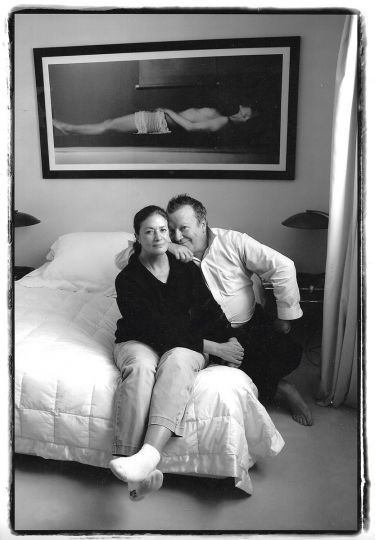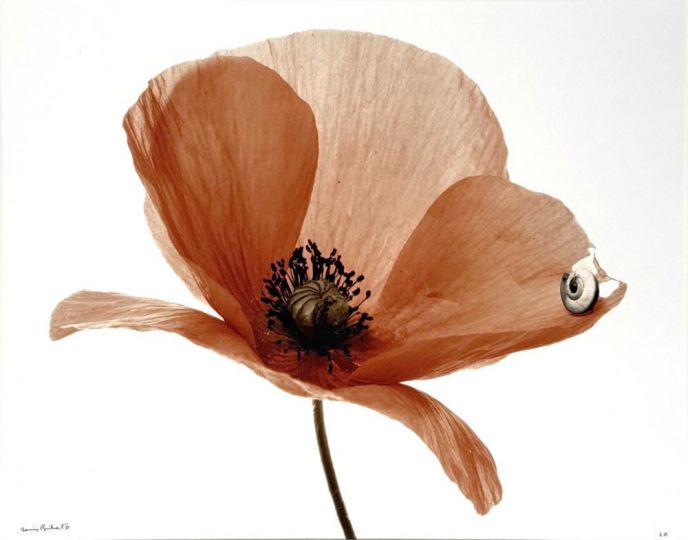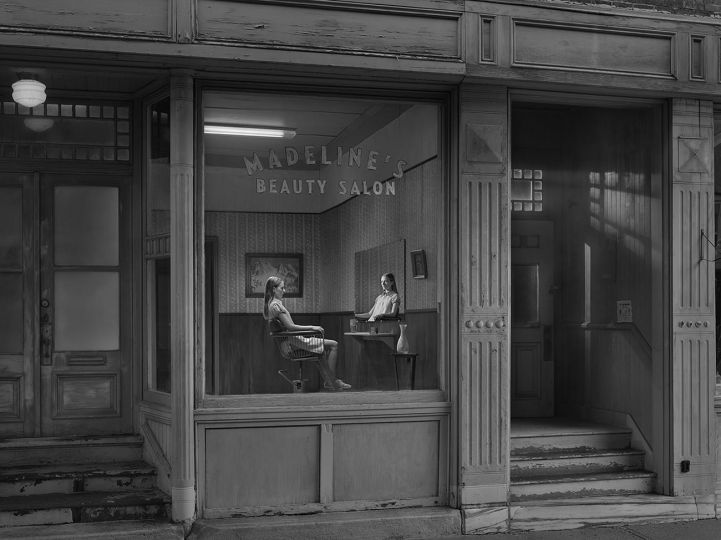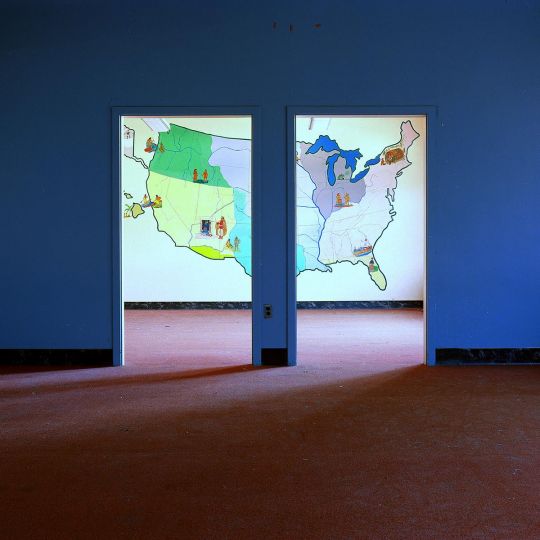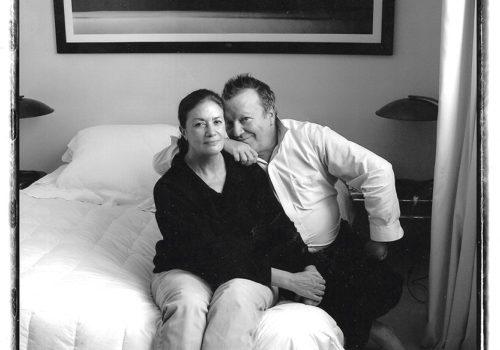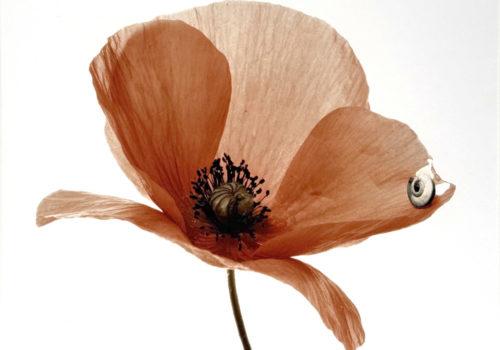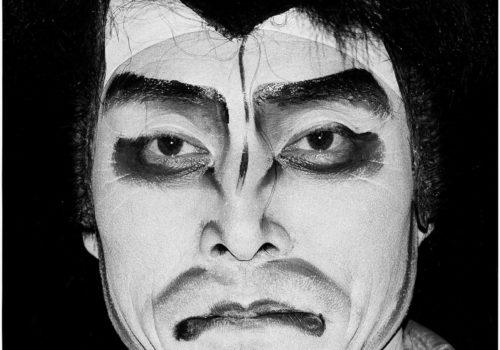Philippe Garner, International Director of Photography at Christie’s, “Collecting Photography, a passion” provides a reflection about photography’s inevitable entry into the art market.
“Fascinated by photographs since the early 1960s, when I started systematically cutting them out from newspapers and magazines and carefully preserving the images that intrigued me, I have now been professionally involved for forty years with photographs as collectable artefacts. To the initiated, photographs from the near or distant past are self evidently worthy of our intense curiosity and of thoughtful engagement and preservation. To many, they are merely the ephemeral and ultimately irrelevant by-products of our increasingly image-saturated world.
I am frequently asked to explain the status that the market bestows on certain photographs and to give an account of the history of this area of collecting and connoisseurship. Among the most frequently asked questions is ‘When did photographs become the focus of such attention?’. My answer is designed to contradict expectations: ‘Since the 1820s’ I respond. And I elaborate: ‘Photographs have been cherished, valued, safeguarded for posterity since the very birth of the medium, since the first experiments and successes of Niepce, Daguerre and Talbot. Yet through the intervening nearly two centuries, photographs have been subject to every possible fate. In certain instances, they have been conceived and received as works of art, and found their way into private collections, museums, libraries, archives, though the attention paid them , ever subject to shifts in taste and vagaries of time. In many other instances, photographs have been created with more modest ambitions, as private mementoes, as documents or as working tools, and these unassuming prints have frequently been treated with too little care, and in so many cases discarded.
Successive generations of collectors have set out nonetheless to salvage and preserve the often scattered pieces of a rich and complex history of photographic picture making. This was frequently a labour of love, but commerce intervened, and so was born the modern market, with its structure of galleries and auctions, its protocols regarding editions, its remorseless mechanisms to build reputations and add value.
The inescapable underlying reality is that photography, from it’s inception, captured directly from life the moments that cumulatively constitute an unparalleled visual resource, a data bank of informations that documents and comments on every facet of social, cultural and political history and faithfully describes our physical world, natural and man-made, as well as constructing idealised imagery and a parallel universe of visual metaphors.
It is worth reflecting on certain common points between photographs and the written word. Both can be factual and straightforwardly descriptive; both can become subtly nuanced, play with their potential to evoke, touch the poetic and the sublime. To the question ‘Can a photograph be deemed a work of art?’ my response would be ‘Yes, just as written words can form great literature; but words can also be used to make technical instructions or shopping lists, sign systems or company reports. The ability to exploit the medium of photography with individuality, with authority and with expressive power is a rare gift, as is the ability to use the tools of language that are available to all to create memorable, inspirational texts.’
The criteria by which curators, historians, editors or collectors asses the merits of photographs are complex and not universal. Should content matter more than form? What is the relationship between concept and craft? Is there virtue in technical virtuosity? How true is a photograph? There is room for numerous perspectives and a broad connoisseurship within this medium would imply a sensibility for the idiosyncratic, the poignant, the historic and culturally pertinent as well as for the purely aesthetic. What valid advice can one give to someone intrigued by the medium and with the potential to make a commitment to photography, to explore its byways and perhaps become a collector?
The best guidance might be to do what all credible connoisseurs of photographs have done through the years. Pursue only what truly speaks to you, trust your instinct, but back this up with knowledge, look, learn, compare, challenge all received wisdoms, do not imitate others, be true to yourself. Experience and the ability to contextualise help build fluency in the complexities and mysteries of these extraordinary chemical and today electronic processes by which light can be captured, a faithful facsimile frozen in time.
I would argue passionately for due respect to be paid to photographs, not indiscriminately but with an awareness of their fundamental role as vehicles of communication and expression, every bit as vital to our world as words. And with the passage of time photographs become an essential part of our history and our heritage.

